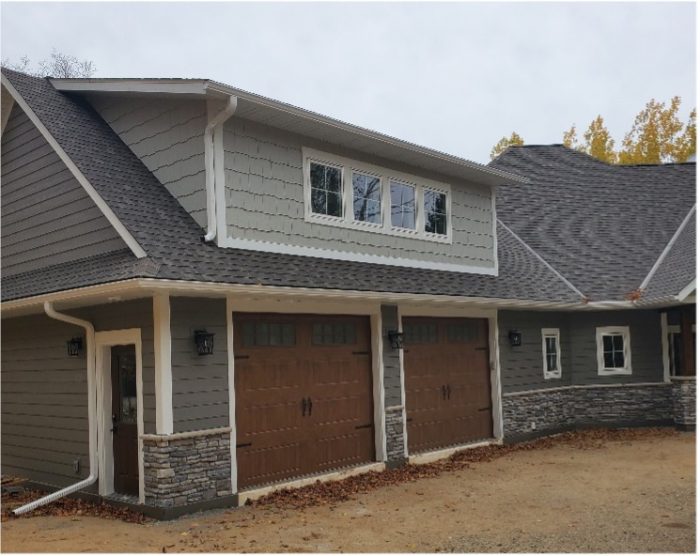
According to the IRC, a garage is an accessory building when detached from a dwelling, and outside the conditioned envelope when attached. Garages don’t fall under the same energy code requirements as dwellings. That said, it’s common in cold climates for both attached and detached garages to have some sort of heat source. If you are going through the trouble and expense of conditioning a garage, it’s wise to think about its energy efficiency in terms of both insulation and air-sealing.
One of the biggest challenges for air-sealing a garage lies with overhead doors, which rely solely on gaskets to create an airtight assembly. Conventionally, a vinyl seal fastened to the exterior of the door frame and head has served as the air and water barrier, which is in direct contact with the overhead door when the door is closed. If the door has been properly adjusted and the seal has been installed in the right position, this works—to some degree—to limit air movement around the door. The problem is the door is not always adjusted correctly or has moved out of adjustment over time, as it rotates up and down. (I’ve also seen cases where rodents have eaten through the bottom of the vinyl seal to gain access to the garage.)
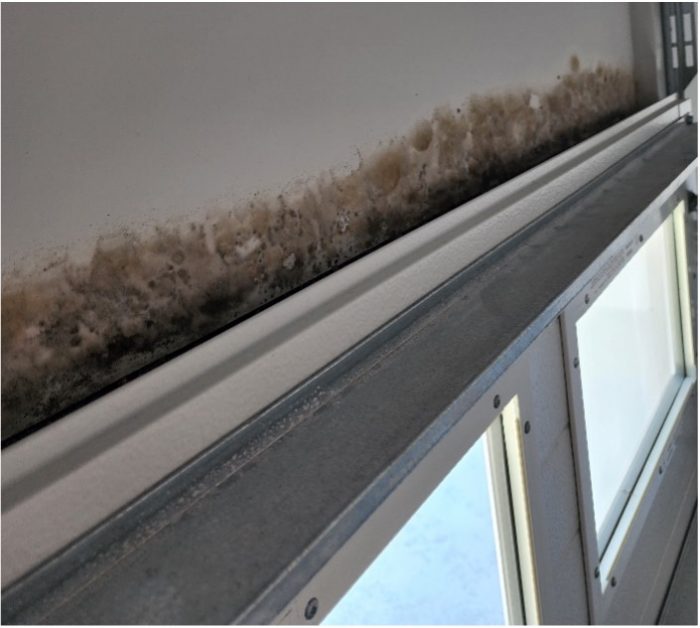
In cold climates, it’s not uncommon to see damage caused by air leakage around the overhead door, especially at the top. The photo above shows mold growth in that area. This garage has an exhaust fan that operates when a certain humidity level is reached, or if an elevated level of carbon monoxide is detected. It is an exhaust-only ventilation strategy, so the space around the overhead door becomes the makeup air source. During the heating season, the surfaces around the door…
Weekly Newsletter
Get building science and energy efficiency advice, plus special offers, in your inbox.

This article is only available to GBA Prime Members
Sign up for a free trial and get instant access to this article as well as GBA’s complete library of premium articles and construction details.
Start Free TrialAlready a member? Log in





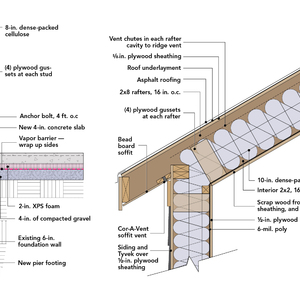
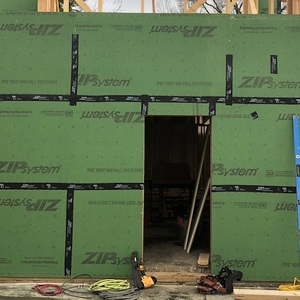

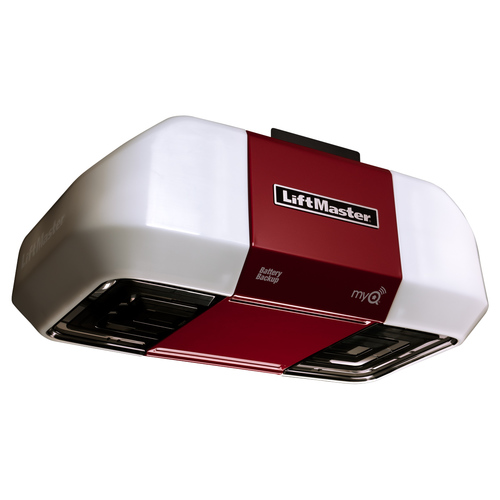






6 Comments
have you ever tried https://www.greenhingesystem.com/ ?
(i'm not affiliated, have never tried them) but seem well received on garagejournal
https://www.garagejournal.com/forum/threads/green-hinge-system.343879/post-6085485
Thanks Randy. This double seal approach looks like a great solution for improving air sealing on the sides (and top, I think?) of a garage door. I’m going to point my builder to your post for an upcoming build. Are there any strategies you’d recommend for the bottom and between garage door panels? Maybe certain door brands have between panel air leakage solved better than others?
The overhead door contractors in my area suggest using the best insulated and best sealed doors from the manufacturers they carry. The new doors are pretty good with a bulb style bottom seal. I've seen some doors with small gaskets between each of the panels. I haven't spent much time performing air tightness testing in attached garages, that's about to change. I'm starting to test attached garages for their connection to the home, I'll basically be performing blower door testing in the garage so I'm hoping to have more information on overhead door performance in the future. Air leakage through and around the door is one of the issues, thermal bridging is another, the thermal image of this insulated overhead door shows the issue.
Thanks for the question.
Randy,
We are doing new construction and would like to do as you suggested to seal our garage door well. We showed this article to our garage door contractor. We want to make sure we understand you correctly. He is thinking you can use standard residential tracks. The interior seal comes with a long piece of steel that holds the seal into place. It looks like a track but it's not. It is a separate product. Is this correct? It is kind of hard to figure out from the photos and not sure we are understanding it completely. Could you please give a bit more details / the specific name of the product needed / and the order it is assembled?
The reverse angle seal requires a different side or vertical track. This track is typically installed on commercial garage doors. There are a couple photos in the article showing the difference. The actual door seal attaches to this special track. There aren't a lot of good videos online showing how this is done, this happens to be the best I could find.
https://www.youtube.com/watch?v=mxGswskFWQU
My local garage door contractor only orders the track and seal if the customer requests this option. The seal cannot be added to a standard side-track. Hope this helps.
“[Deleted]”
Log in or become a member to post a comment.
Sign up Log in